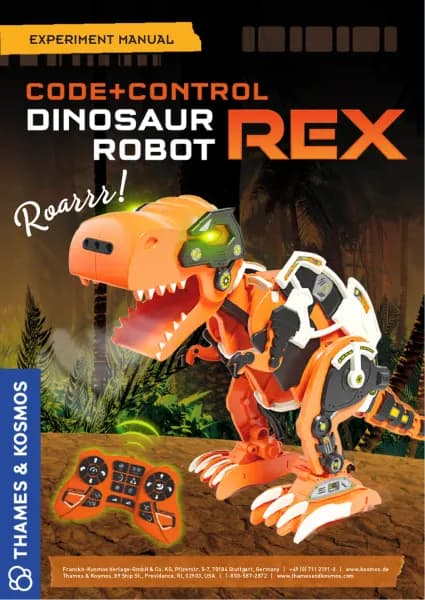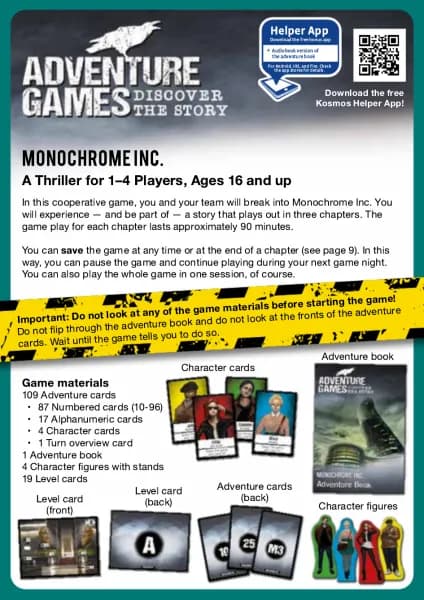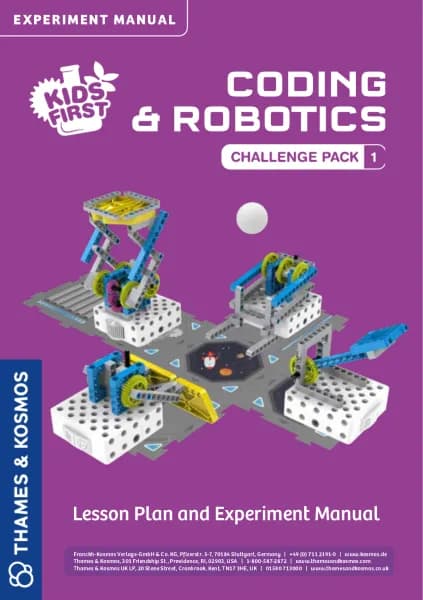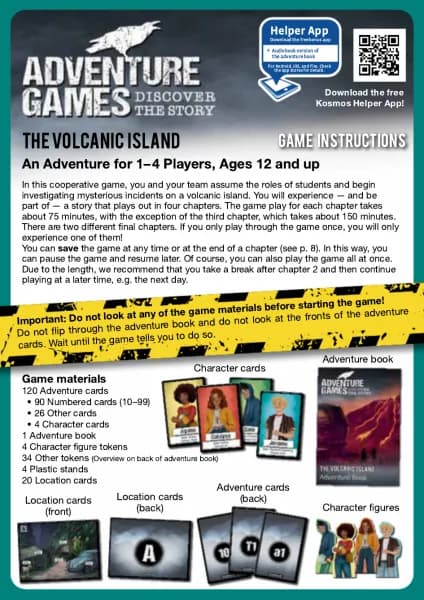Thames & Kosmos Kids First: Biology Lab (V 2.0) handleiding
Handleiding
Je bekijkt pagina 16 van 36

?
!
CHECK IT OUT
14
The green color of plant cells comes from
tiny leaf-green structures inside the cells
that biologists call chloroplasts. You can
very easily study the way these green
globules look and move in the elodea plant,
also known as waterweed, a common
aquarium plant. Its leaves consist of just
two layers of cells, so they can be viewed
directly under the microscope without any
slicing. If you happen to know someone who owns an
aquarium, just ask for a little branch of waterweed. Or you can
ask for one in an aquarium or pet supply store. Either elodea or
egeria, another closely related waterweed species, will work.
G
r
e
e
n
C
e
l
l
s
THE BATTLE OF THE BUBBLE
Bubbles of air in the microscope slide preparation
can interfere with your viewing. Almost all
specimens should lie in water in order to yield a
really good image. You can easily get rid of air
bubbles by placing a drop of water along one edge
of the cover slip with the pipette, and then
holding a piece of blotting paper or paper towel
along the opposite edge. This will pull the drop of
water under the cover slip and the bubbles will
disappear. Repeat if necessary.
Waterweed cells
Draparnaldia algae
Bekijk gratis de handleiding van Thames & Kosmos Kids First: Biology Lab (V 2.0), stel vragen en lees de antwoorden op veelvoorkomende problemen, of gebruik onze assistent om sneller informatie in de handleiding te vinden of uitleg te krijgen over specifieke functies.
Productinformatie
| Merk | Thames & Kosmos |
| Model | Kids First: Biology Lab (V 2.0) |
| Categorie | Niet gecategoriseerd |
| Taal | Nederlands |
| Grootte | 24679 MB |







